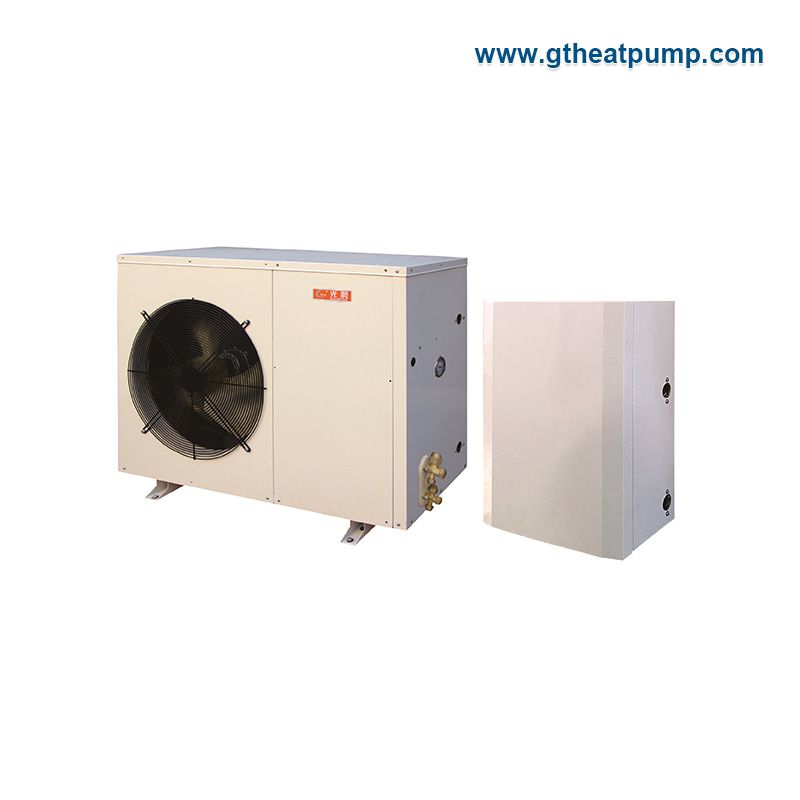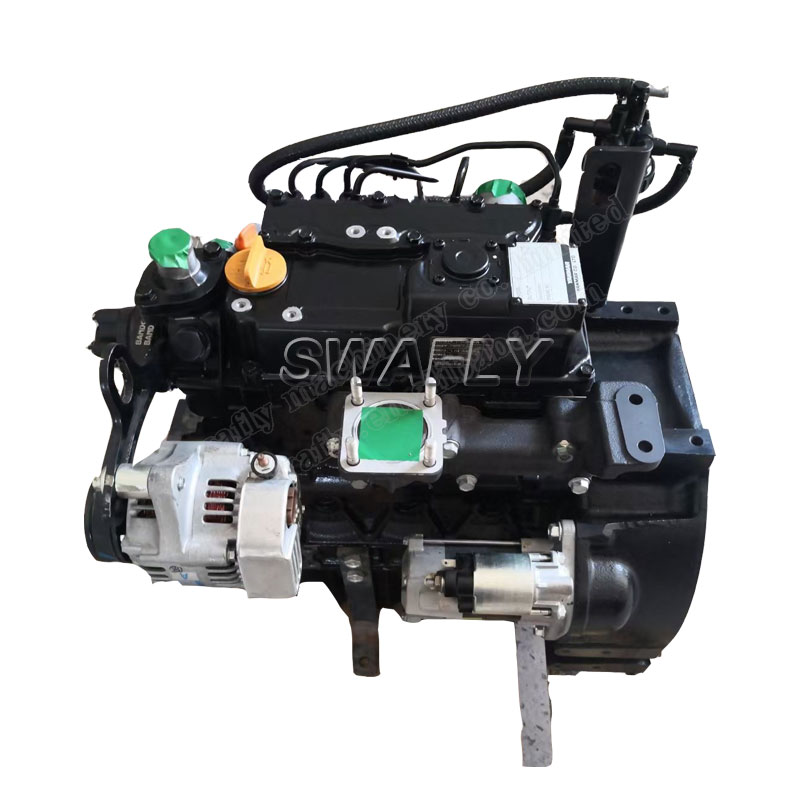Air to Water Heat Pump: Revolutionizing Heating Systems
What is an Air to Water Heat Pump?
An air to water heat pump is a cutting-edge heating system that extracts heat from the ambient air and transfers it into a water-based heating system. This innovative technology serves as a sustainable alternative to traditional heating methods, offering significant energy savings and environmental benefits.

How Does an Air to Water Heat Pump Work?
The operation of an air to water heat pump revolves around the principles of thermodynamics. By utilizing a refrigerant, the pump absorbs heat from the outside air, even in cold temperatures, and transfers it into a fluid, typically water. This heated water can then be circulated through radiators, underfloor heating systems, or used for hot water purposes within a building.
Benefits of Using Air to Water Heat Pumps
The adoption of air to water heat pumps presents a myriad of advantages. These systems offer high energy efficiency, reducing both carbon emissions and utility bills. Additionally, they provide versatile heating solutions suitable for various applications, from residential homes to large commercial buildings. Moreover, the use of renewable energy sources for heating promotes sustainability and environmental stewardship.
Understanding the Technology
Components of an Air to Water Heat Pump
Air to water heat pumps consist of several key components, including an outdoor unit containing the compressor and refrigerant, as well as an indoor unit housing the heat exchanger and water circulation system. These components work in tandem to efficiently extract heat from the air and distribute it into the building's heating infrastructure.
Efficiency and Energy Savings
One of the primary appeals of air to water heat pumps is their exceptional energy efficiency. By harnessing heat from the surrounding air, these systems can achieve high coefficient of performance (COP) values, resulting in significant energy savings compared to traditional heating methods. Additionally, advancements in technology have led to the development of inverter-driven pumps, further enhancing efficiency and performance.
Installation and Maintenance
Installation Process
Air to water heat pumps require professional installation to ensure optimal performance and efficiency. During installation, careful consideration is given to factors such as system sizing, location of outdoor units, and integration with existing heating infrastructure. Proper installation is crucial for maximizing the lifespan and efficiency of the system.
Maintenance Tips
To maintain peak performance, air to water heat pumps require regular maintenance checks and servicing. This includes tasks such as cleaning air filters, inspecting refrigerant levels, and ensuring proper airflow around outdoor units. Additionally, annual servicing by qualified technicians can help identify and address any potential issues before they escalate.
Application and Use Cases
Residential Applications
In residential settings, air to water heat pumps offer an ideal solution for providing year-round comfort while minimizing energy consumption. These systems can be seamlessly integrated into both new construction projects and existing homes, offering efficient heating and hot water solutions for households of all sizes.
Commercial Applications
Explore more:What are benefit of Gravel Pump?
How Do Commercial Heat Pumps Work?
How Often Should I Inspect My High Pressure Lined Slurry Pump?
What are the advantages of Wbjf's Four-Row Tapered Roller Bearings for the purchase stage?
WBJF’s Four-Row Tapered Roller Bearings Explained
Unlocking Top Secrets: #1 Solid Control Equipment Exporter Revealed!
When should weather stripping be replaced?
The versatility of DC inverter air to water heat pumps extends to commercial buildings, where they are utilized for space heating, hot water generation, and even process heating in certain industries. From office complexes to hotels and schools, these systems offer reliable and cost-effective heating solutions tailored to the specific needs of businesses and institutions.
Industrial Applications
In industrial settings, air to water heat pumps play a crucial role in enhancing energy efficiency and reducing operational costs. By harnessing waste heat from industrial processes or utilizing renewable energy sources, such as solar or wind power, these systems can provide sustainable heating solutions for factories, warehouses, and manufacturing facilities.
Cost Considerations and ROI
Initial Investment
While the upfront cost of air to water heat pumps may be higher than traditional heating systems, the long-term savings and return on investment (ROI) justify the initial investment. Factors such as energy efficiency, reduced maintenance costs, and potential government incentives contribute to the overall cost-effectiveness of these systems.
Long-Term Savings and Return on Investment
Over the lifespan of an air to water heat pump, homeowners and businesses can expect to recoup their initial investment through lower utility bills and increased energy efficiency. With proper maintenance and operation, these systems can deliver substantial long-term savings while minimizing environmental impact.
Environmental Impact and Sustainability
Energy Efficiency Ratings
Air to water heat pumps are renowned for their high energy efficiency ratings, which far exceed those of traditional heating systems. By utilizing renewable energy sources and minimizing reliance on fossil fuels, these systems contribute to reducing greenhouse gas emissions and combating climate change.
Environmental Benefits
The environmental benefits of air to water heat pumps extend beyond energy efficiency. By reducing carbon emissions and promoting sustainable heating practices, these systems play a vital role in mitigating environmental degradation and fostering a greener, more sustainable future.
Comparison with Traditional Heating Methods
In comparison to conventional heating methods, such as gas boilers or electric resistance heaters, air to water heat pumps offer superior efficiency, lower operating costs, and reduced environmental impact. Their ability to harness renewable energy sources makes them an attractive option for environmentally conscious consumers and businesses alike.
Conclusion
In conclusion, air to water heat pumps represent a revolutionary advancement in heating technology, offering efficient, sustainable, and cost-effective solutions for residential, commercial, and industrial applications. By harnessing renewable energy sources and minimizing environmental impact, these systems pave the way for a greener, more sustainable future.
As we strive towards a more sustainable future, the adoption of air to water heat pumps plays a pivotal role in reducing carbon emissions, conserving energy, and promoting environmental stewardship. By embracing innovative heating solutions, we can create a world where comfort and sustainability go hand in hand.
Explore more:What is the proper sequence of investment casting?
Ball Bearing Conveyors: The Ultimate Guide to Enhancing Efficiency & Durability!
What are the top 10 tips for purchasing high-quality hardfacing welding wire?
Which Proportional Air Control Valve Offers the Best Price and Performance?
How important are freeze plugs?
Ball Bearing vs. Roller Bearing: Which is Better for Your Industry? Unveiling Key Differences!
What is the meaning of AS568?










